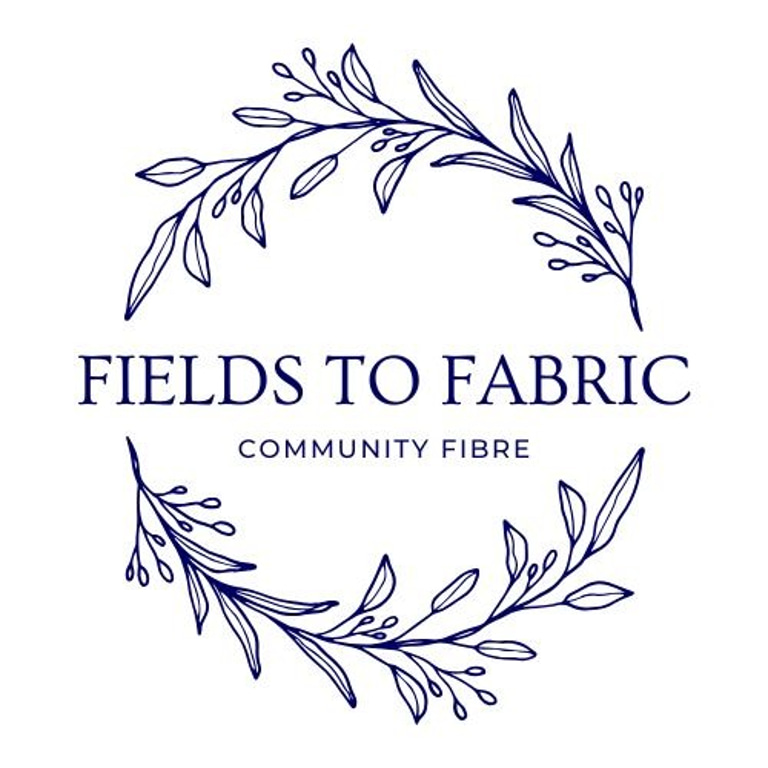What is The Wild Flaxen Heart Project?
People in the community of New Mills, along with some close and not so close neighbours, have grown a square metre, at least, of flax. They have harvested it and returned it to the project. Some have become more involved, processing the flax to produce linen thread. This thread has been woven to create fabric by our weaver. Most people involved in the first year have a linen decoration for their Christmas Tree.
Flax
A traditional source of fibre for clothing
As long as it is kept dry, the harvested stooks (flax sheaves) can be stored for long periods of time. Flax has been used after a 200 year storage period.
Flax needs very little ground preparation, it is simple to grow and can be grown in the same plot for a number of years.
Flax needs to chemicals or fertilisers to assist the growing; it acts as a carbon trap and the roots, if left in the ground, will release back into the soil.
Flax is affected by pests and diseases
Linen
Linen can last a long time. Our fabric includes some gifted linen fibre that is 150 years old. And the mummies of ancient Egypt were wrapped in linen!
Linen has medicinal properties and is a cool fabric.
Linen does not burn easily.
Linen can be produced, even industrially, without significant environmental damage.




Growing your flax
If you have obtained your flax seed from us, then you will have received a packet that will grow approximately one square metre.
Choose a piece of ground of, approximately, one square metre; preferably a sunny or semi-shaded spot. You can use a large pot, tub, barrel or any other drained container.
Make sure the soil is finely tilled or raked. Place your seeds about 2.5mm deep or cover them with this amount of soil. Press down. You can plant the seeds close together; this encourages the plants to grow tall as they reach for the sun.
Gently water and, if the weather is dry, continue to do so until the shoots are established. Then leave them alone, apart from a little weeding or watering if needed.
Harvesting your flax
The flax will grow tall and produce blue flowers (which will last for a day); then the seed pods will appear. The stalks will start to turn from green to brown. This will occur about 90 days after sowing. Once the stalk is, at least, two-thirds brown and most of the flowers have appeared and dropped, then it is ready to harvest. It can pulled up easily. If you want to leave the roots in the earth, then the flax can be cut - a bit more laborious! Gather and tie the stalks into stooks (similar to a sheaf) and put them somewhere to dry.




Grassing
Although it is a very old part of processing linen, this is new to us.
Linen tends to be a grey- brown colour naturally. Grassing is a natural way of bleaching the fabric. It is pegged out on a field or hillside and the sun's ultra-violet rays and moisture from the ground will start the bleaching. Apart from making sure the fabric remains damp- not difficult with the Dark Peak's weather systems - the fabric can be left for a month or so. Then, depending on how the bleaching is progressing, it can be turned over and the process can continue.
The Wild Flaxen Heart Project


